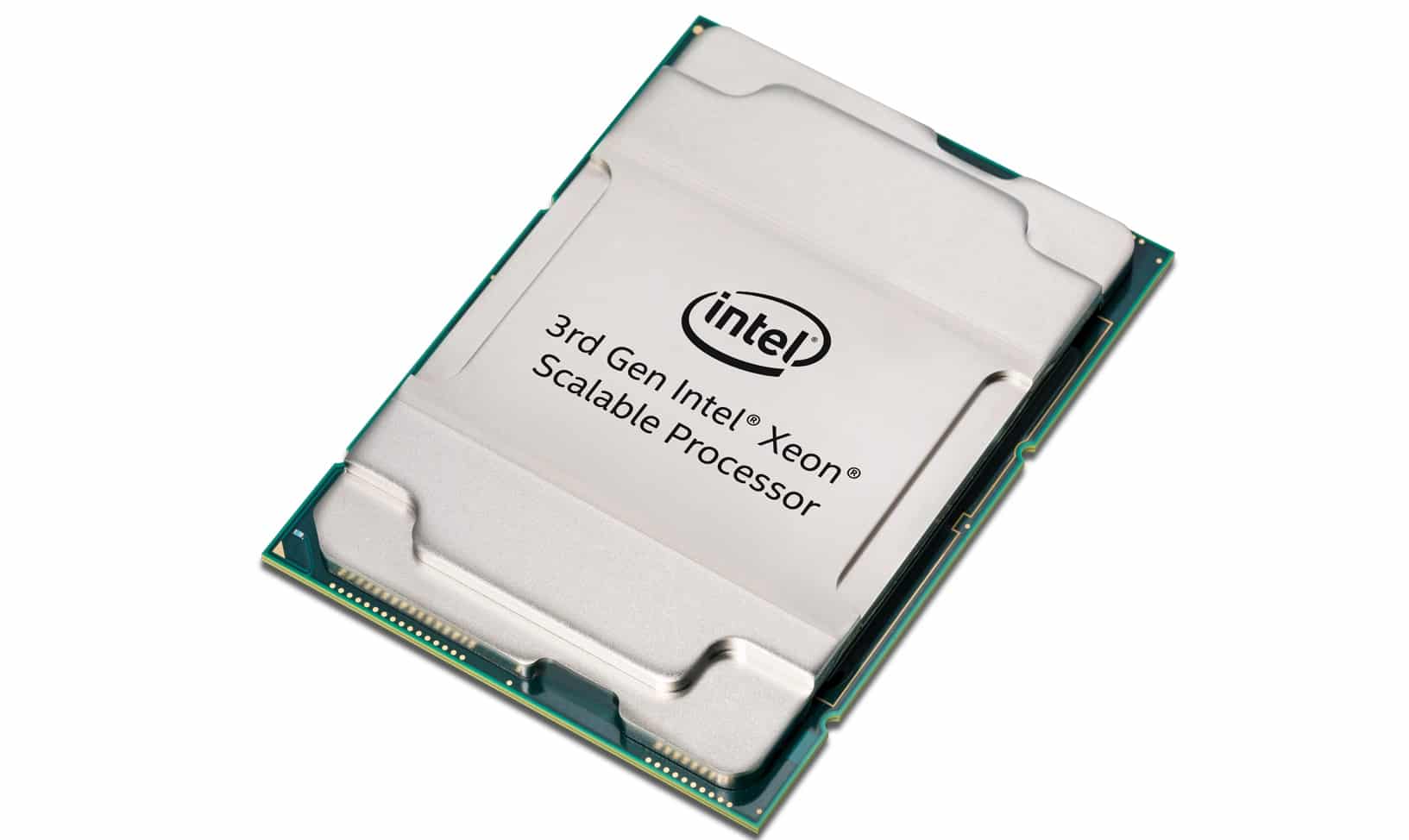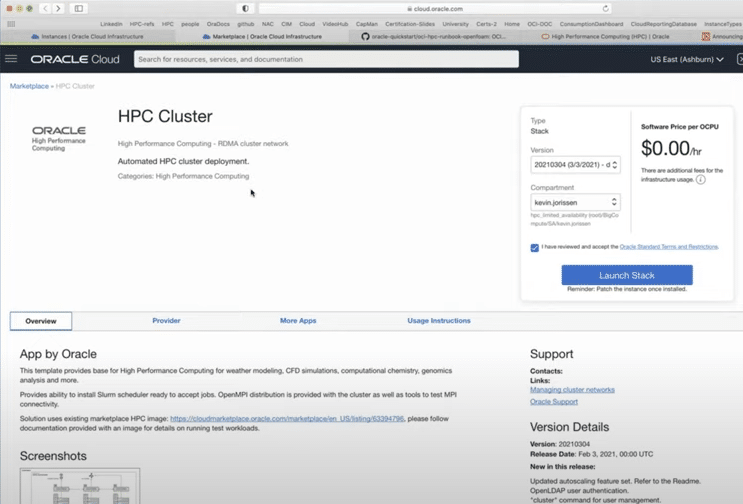Back at the end of April, Oracle released new compute instances, this time based on the 3rd generation of Intel Xeon Scalable processors, also known as Ice Lake. Oracle released the new instances to provide an enterprise-grade capability for compute-intensive and high-performance computing (HPC) workloads. When paired with Oracle’s high-speed networking back-end and automation tools, HPC workloads can really stretch their legs within the Oracle Cloud.
Oracle Instances With 3rd Gen Intel Xeon Scalable

When the Ice Lake CPUs were announced they brought several benefits with a big focus on performance. In HPC, performance is the name of the game. Oracle states that the new instances can bring higher performance up by 42%. Something that is really neat about these new instances is the flexible Compute. This capability enables users to choose any granular number of cores and memory for their needs. This is a step up from prepackaged cores and memory that may offer too much or too little. Intended use cases are those that require single-threaded performance, such as batch processing, video encoding, electronic design automation (EDA), distributed analytics, data science, and AI Inference workloads.
Other innovations for the new CPU usage including new core micro-architecture, now have larger L1 and L2 cache compared to the previous generations. All the latest CPUs now support PCIe Gen4 which can show dramatic performance enhancements, particularly when it comes to local NVMe storage. The Ice Lake CPUs also allow for more and faster memory that can be leveraged in the instance as well.
Then new instances include:
| Instance | Cores | Memory (GB) | Storage | Network | Price |
| VM.Optimized3.Flex | 1–18 | 1–256 | Up to 1 PB of block storage | Up to 50 Gbps | $0.054/core/hr
$0.0015/GB |
| BM.Optimized3.36 | 36 | 512 | 3.2 TB NVMe | 100 Gbps RDMA | $0.075/core/hr |

For those looking to take advantage of the new instances, they can easily launch an entire HPC cluster through the marketplace. This process automates the creation of the entire cluster in a matter of a few minutes.
HPC on Oracle Cloud Deployment Demo
Getting up on all the new instance types is great, but even better is this detailed walkthrough on how it all works. This includes getting a fluid dynamics workload operational. We also take a look at the orchestration benefits of Oracle Cloud when it comes to deploying an HPC environment.




 Amazon
Amazon